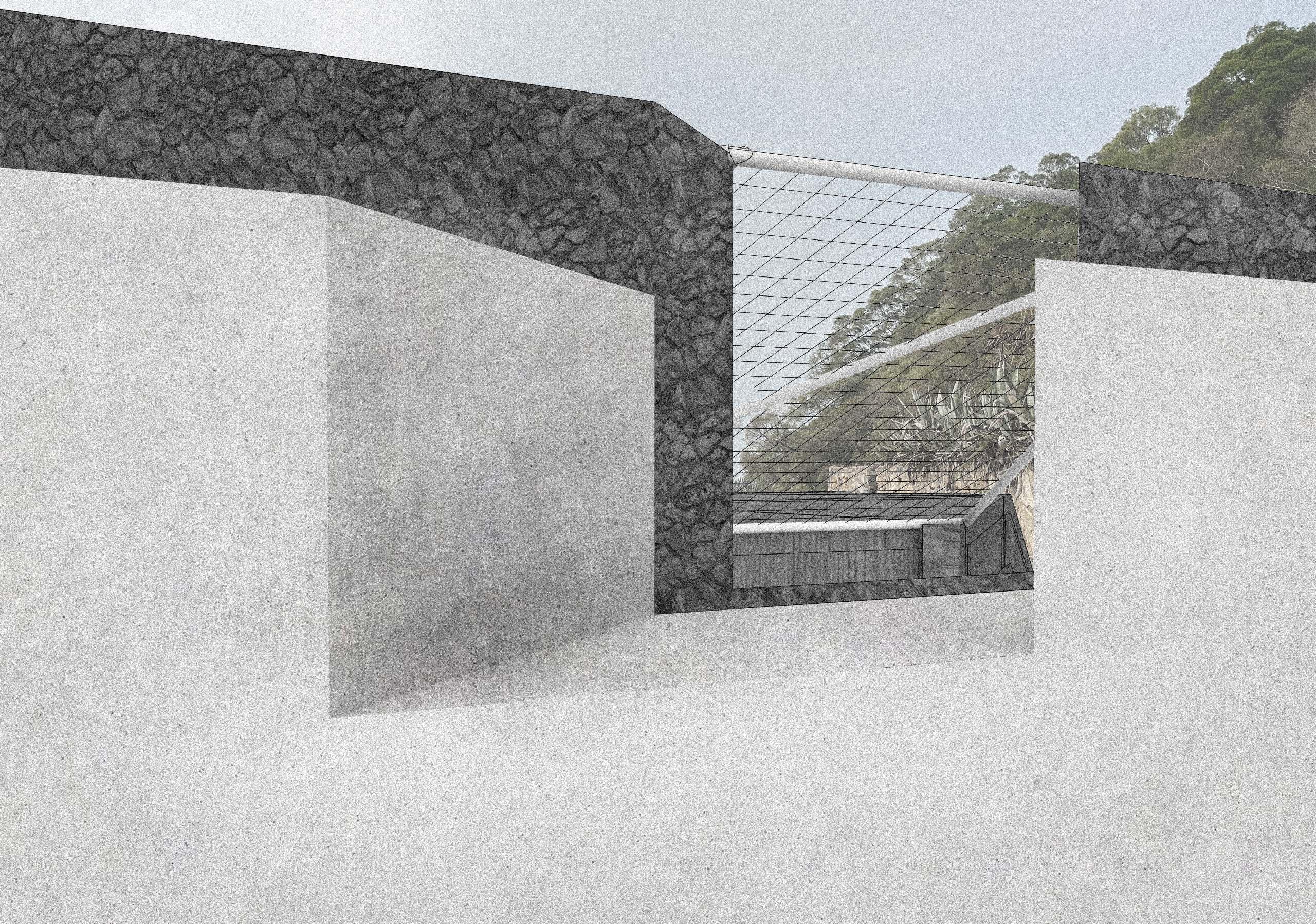
Boundary Crossing
Liberating Coastal Spaces in Matsu
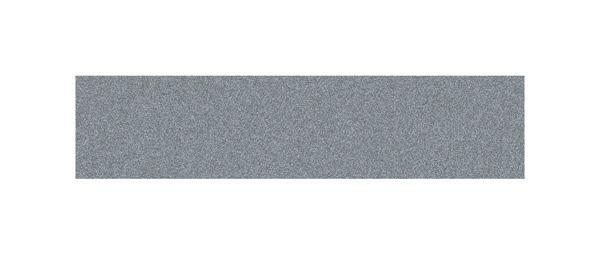


在政治動亂和戰爭危機的影響之下,海岸線的變化超越地理邊界的層級成為某一種時代和情緒的表徵。
我以馬祖南竿為例,探討島嶼今天的海岸線地景在昔日軍事背景下影射出的海洋文化斷裂以及再被修復的未來提案。馬祖因位於 兩岸之間非常靠近中國大陸之地理位置,長久以來它在兩岸關係的變化當中成為動盪且脆弱的邊界體,而若將視角與立場定位在 地方本身,較上位的政治問題形成一種對於島民來說非常漫長且難以掙脫與修復的環境、文化以及記憶的封鎖。
本次的畢業設計試圖以劃開邊界的概念擾動馬祖疏離已久的海岸地帶,從地景邊界的界定到嘗試跨越的兩個設計提案將揭開馬祖 的過去可以如何以新舊共存的面貌被持續記錄,同時凝視出未來發展的多元樣貌。
Under the influence of political turmoil and war crises, the changes along coastlines transcend geographical boundaries to become a representation of an era and its emotions.
Taking Nangan in the Matsu Islands as an example, I explore how the island's coastline landscape today reflects a maritime cultural rupture from its past military background and propose ideas for its future restoration. Due to its geographical location very close to mainland China, Matsu has long been a turbulent and fragile border entity amid the changing cross-strait relations. When viewed from the perspective of the island itself, higher-level political issues create a prolonged and inescapable blockade of the environment, culture, and memory for the islanders.
This graduation project attempts to disturb the long-isolated coastal areas of Matsu with the concept of redefining boundaries. Through the delineation of the landscape boundary and two design proposals that attempt to transcend it, this project aims to reveal how Matsu's past can be continuously recorded in a manner that allows old and new elements to coexist, while also envisioning a diverse future development.
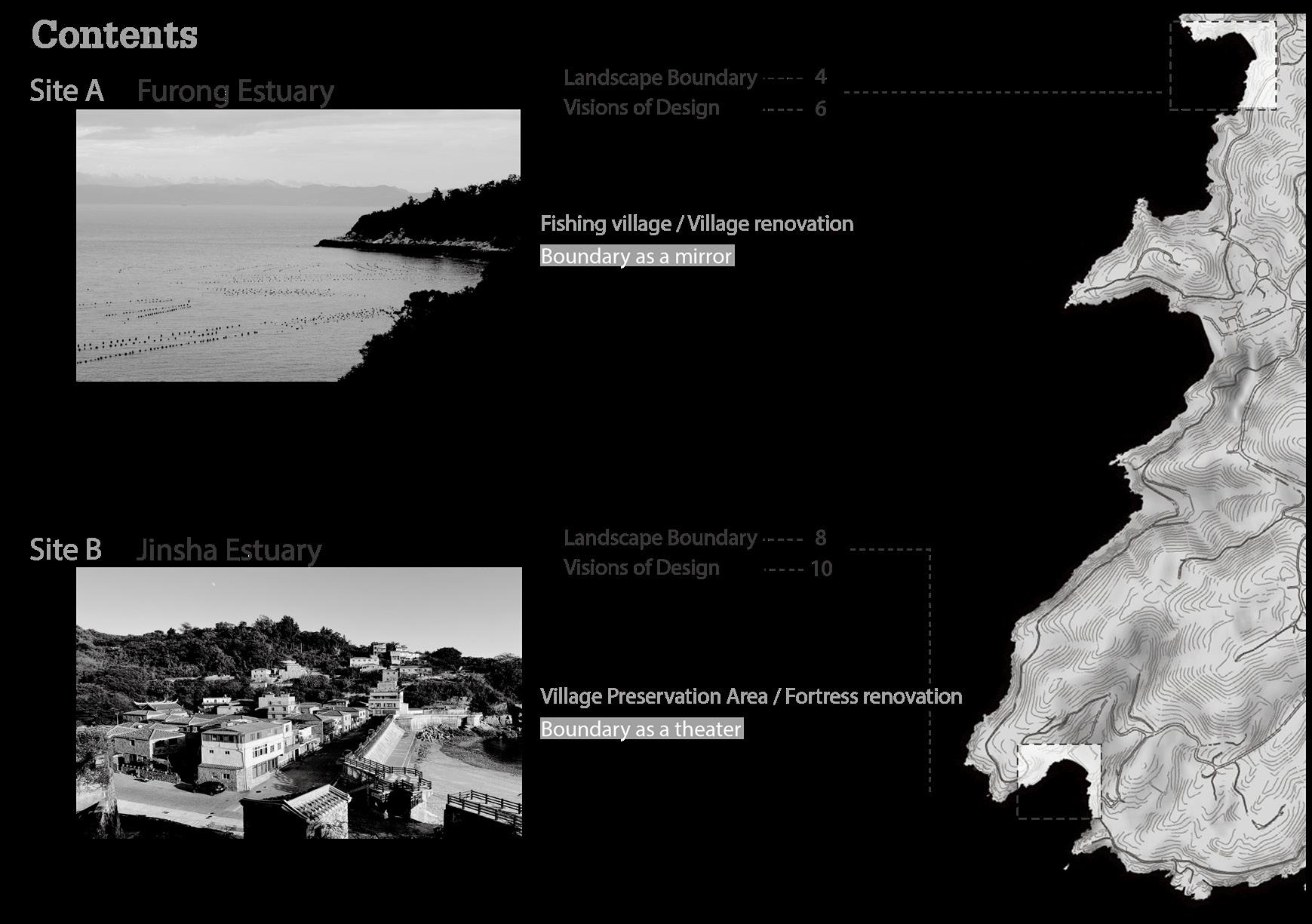
Landscape boundary -seawall/coastal military complex/coastal defense position
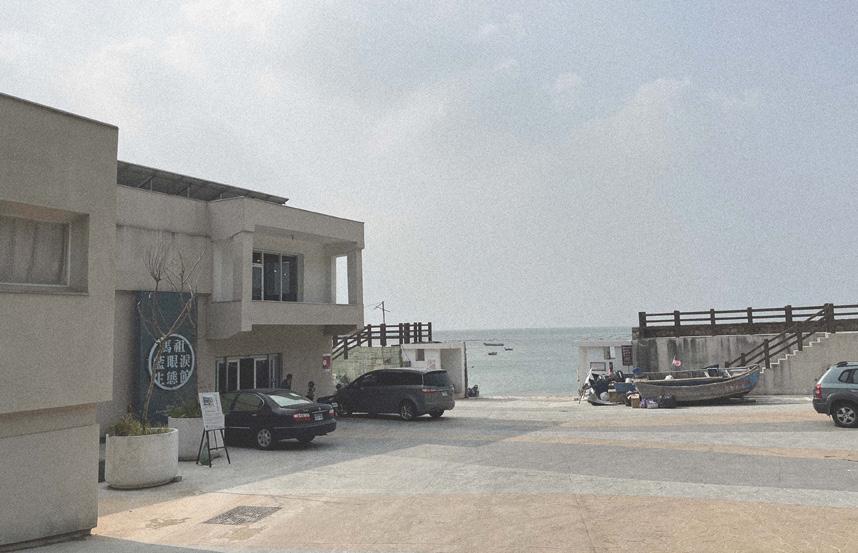
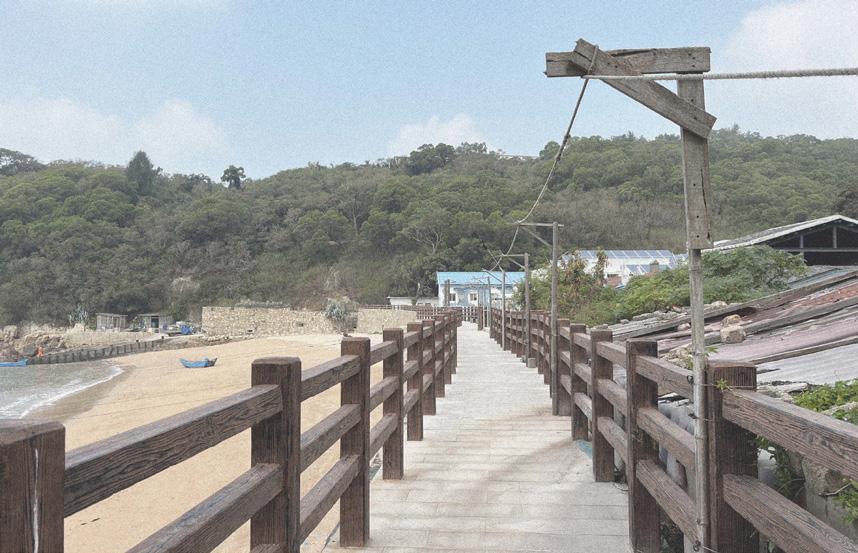

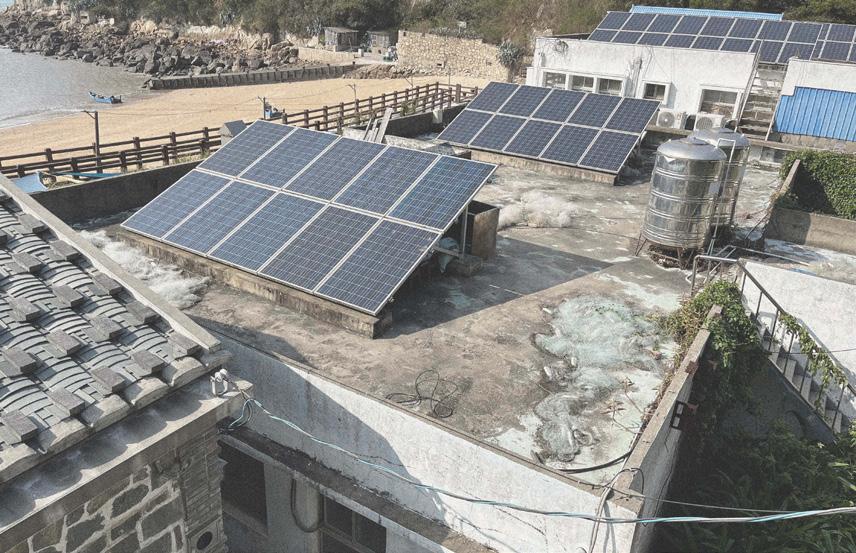

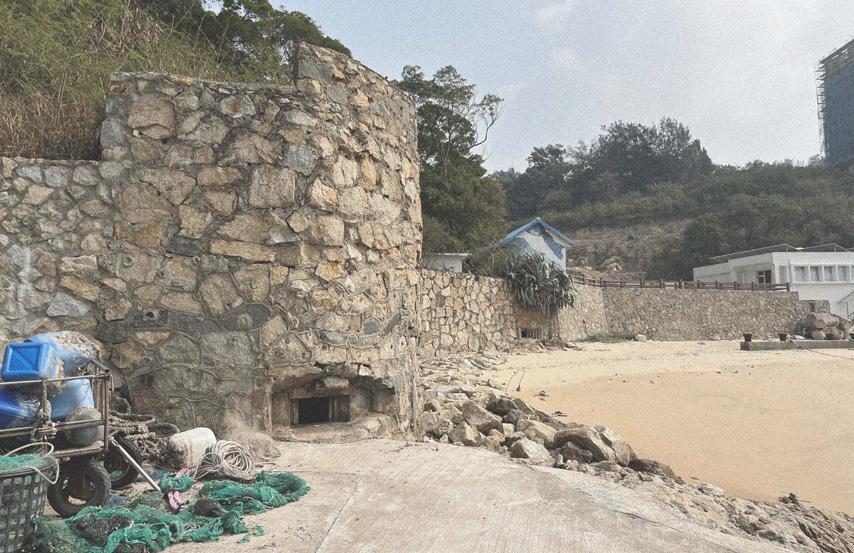
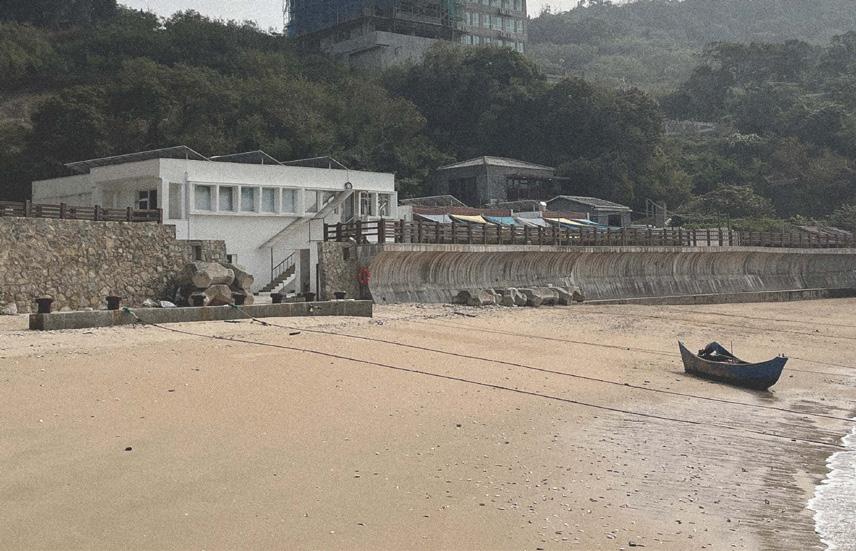
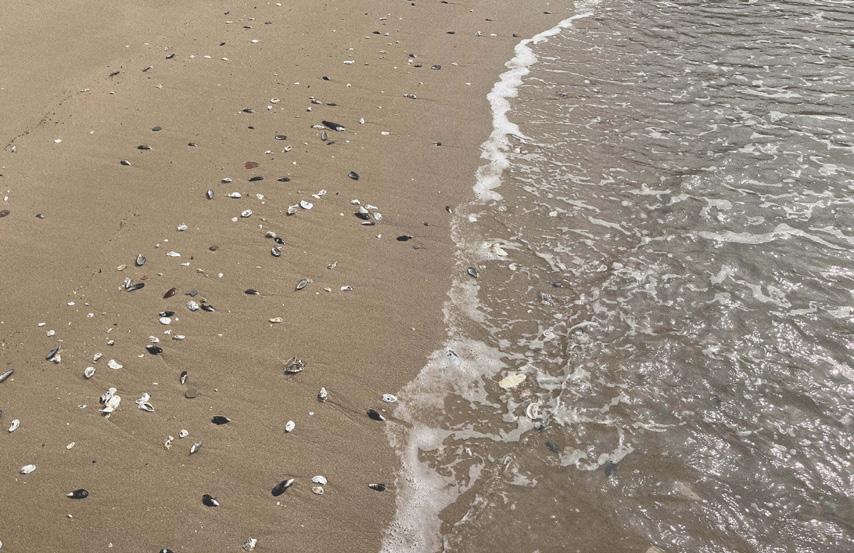
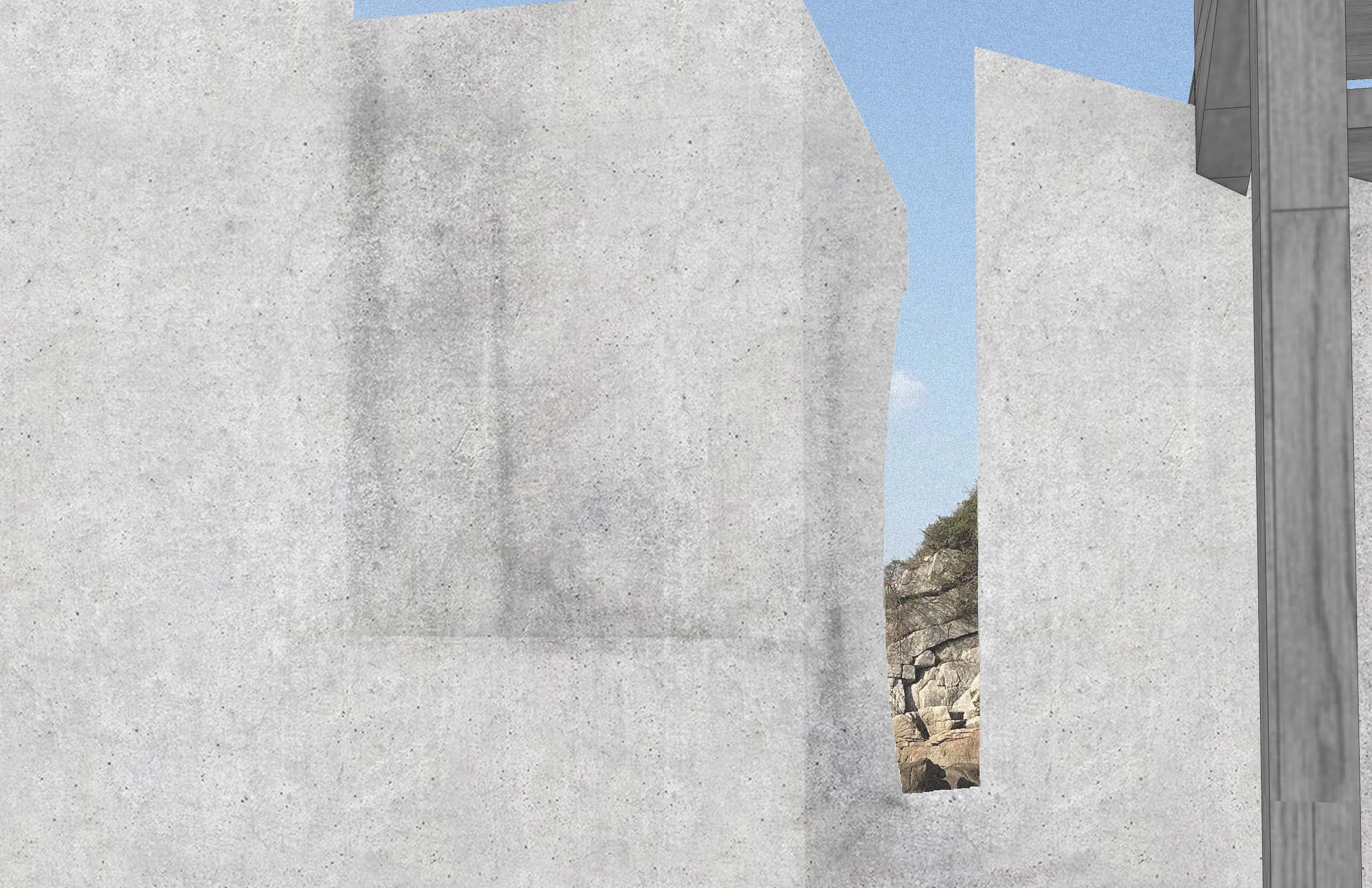
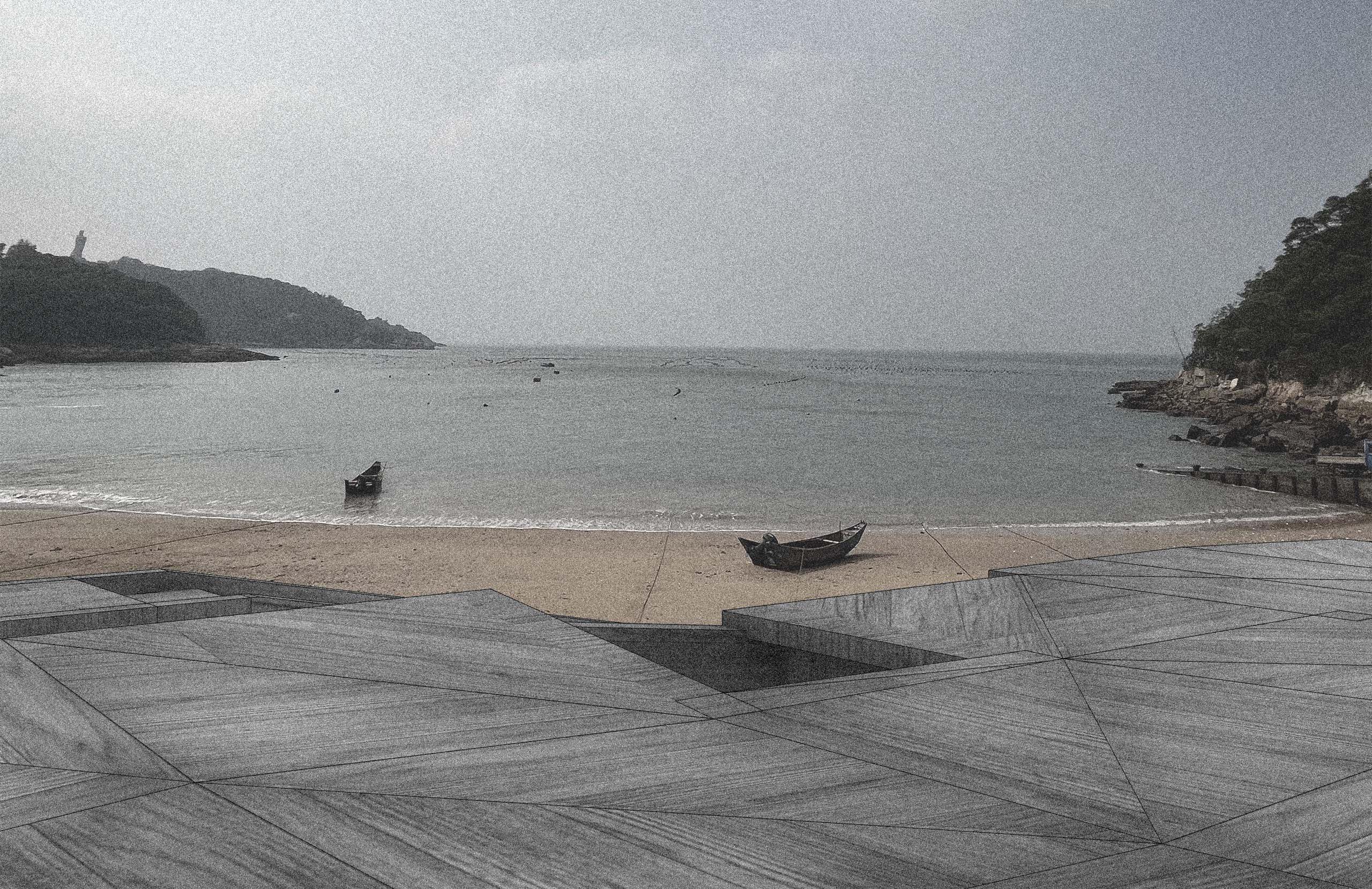
Landscape boundary -seawall/submerged dike/coastal defense position
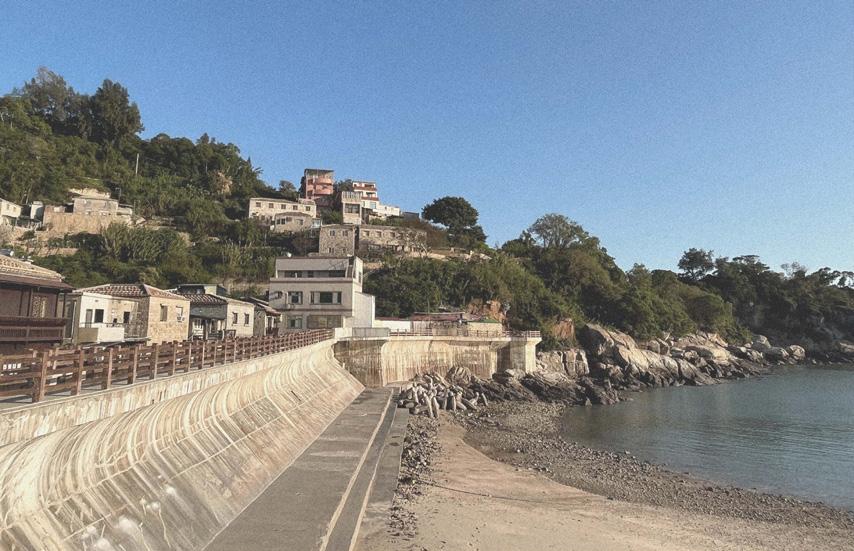
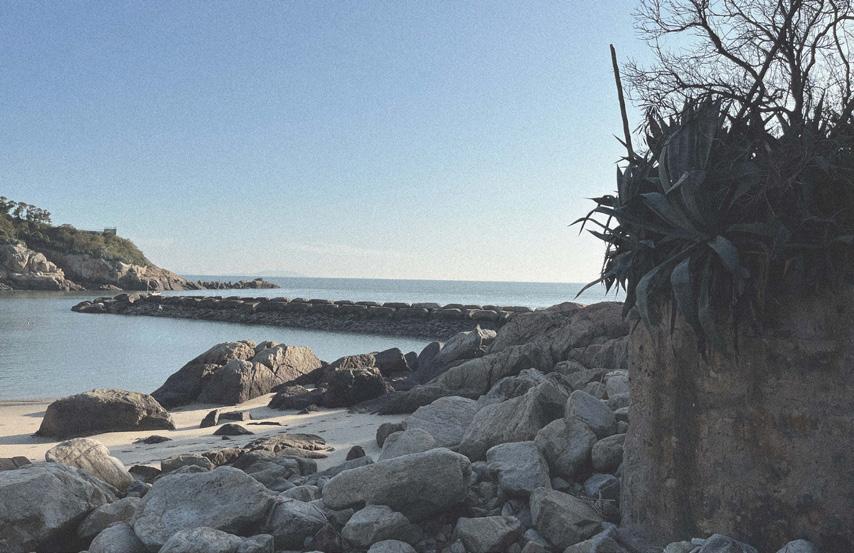
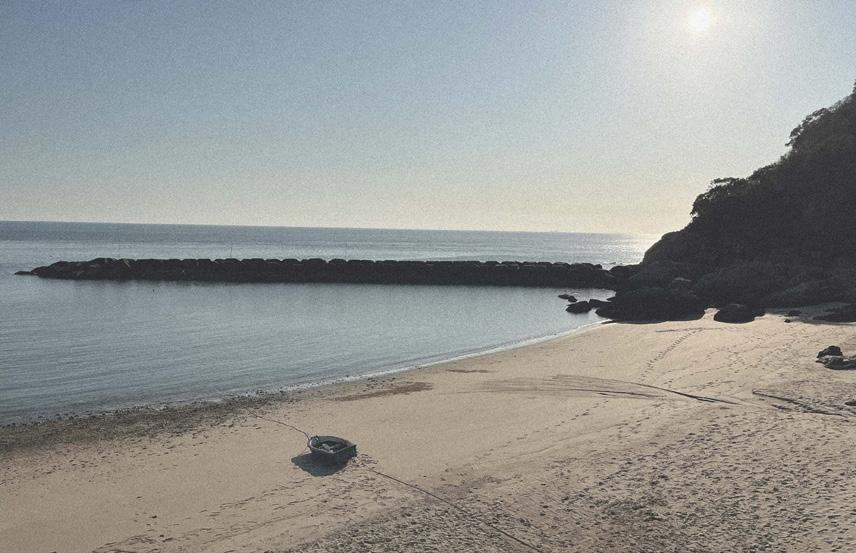
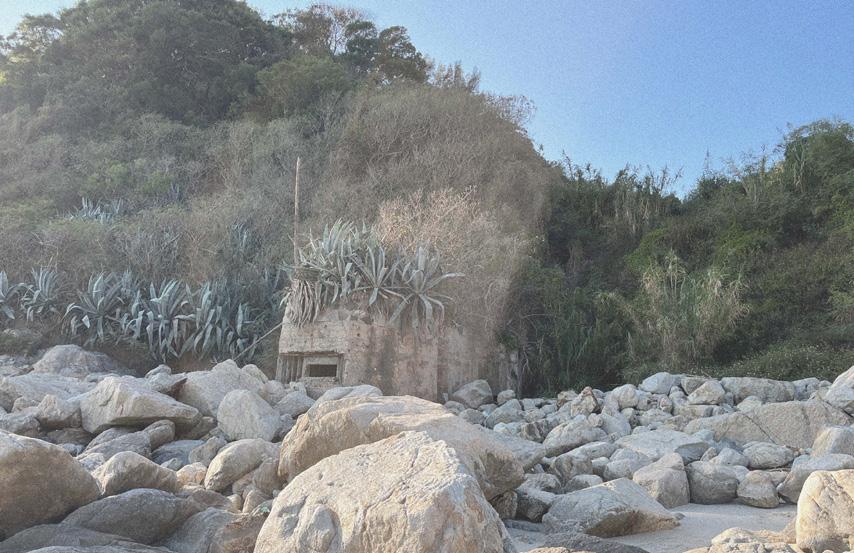
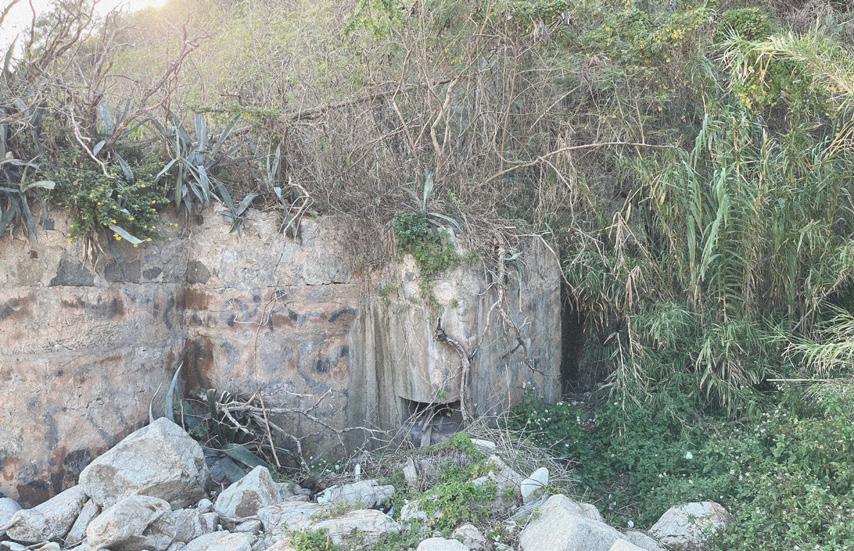
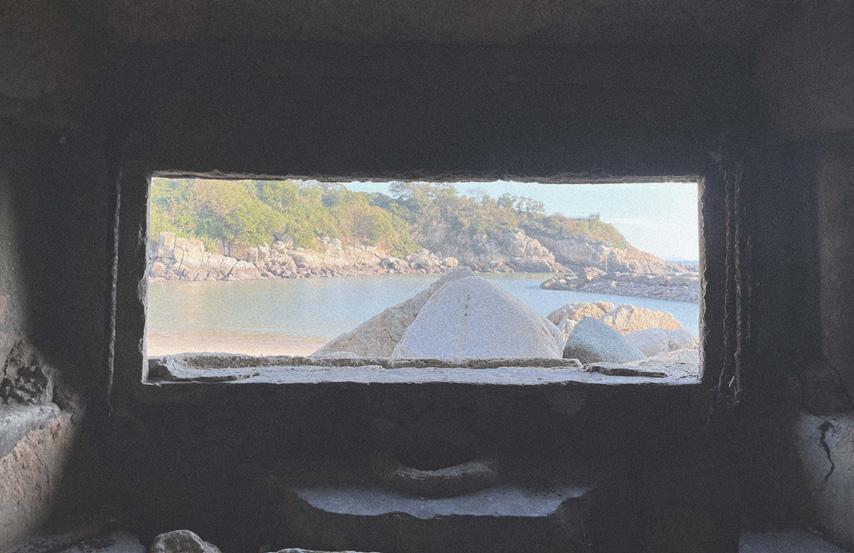
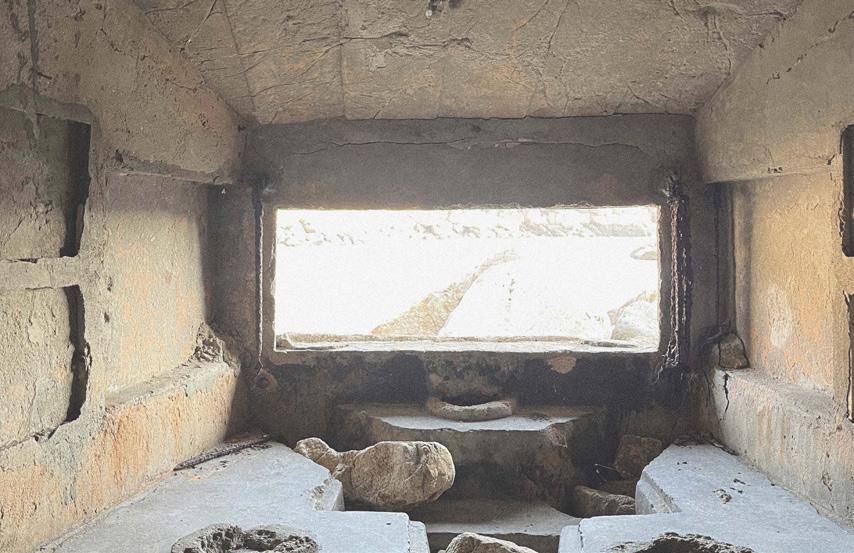
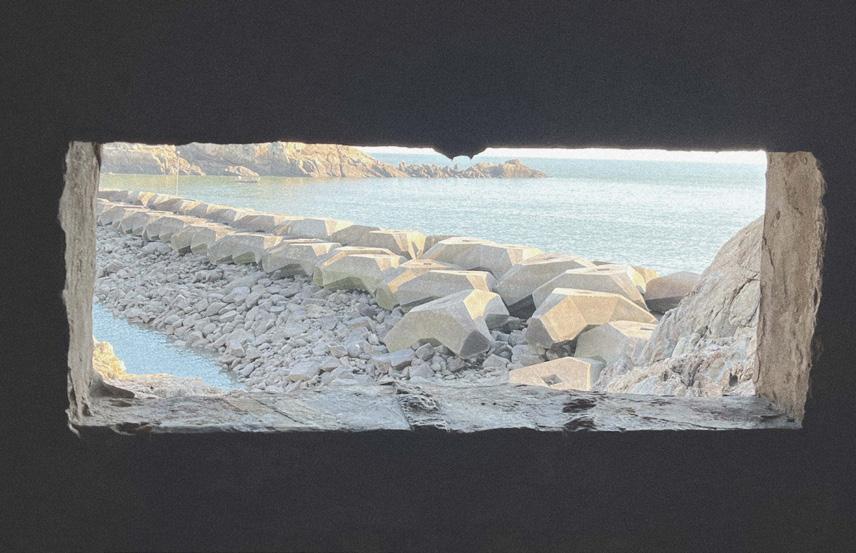
Village Preser vation Area / For tress renovation Boundar y as a theater
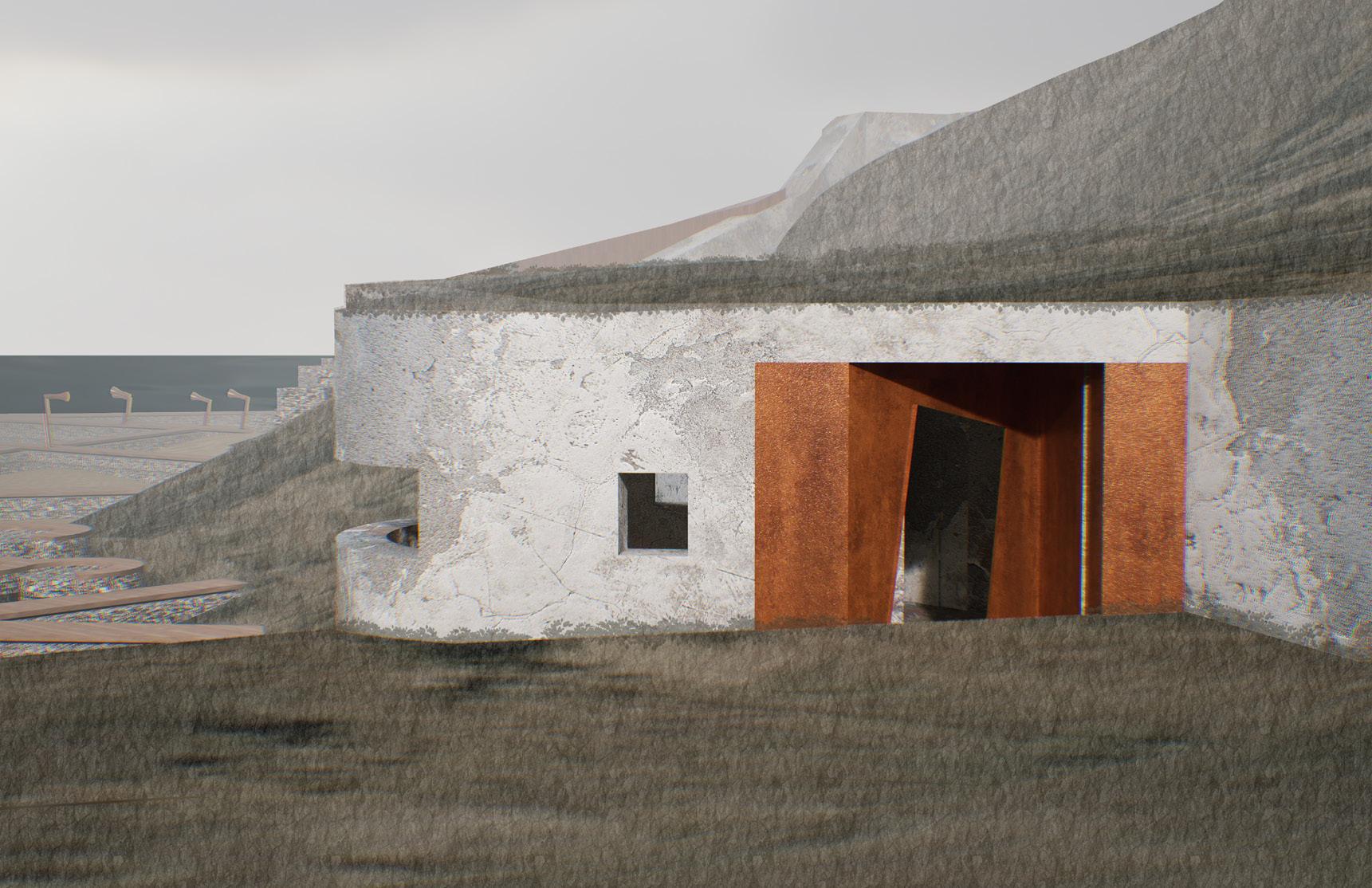
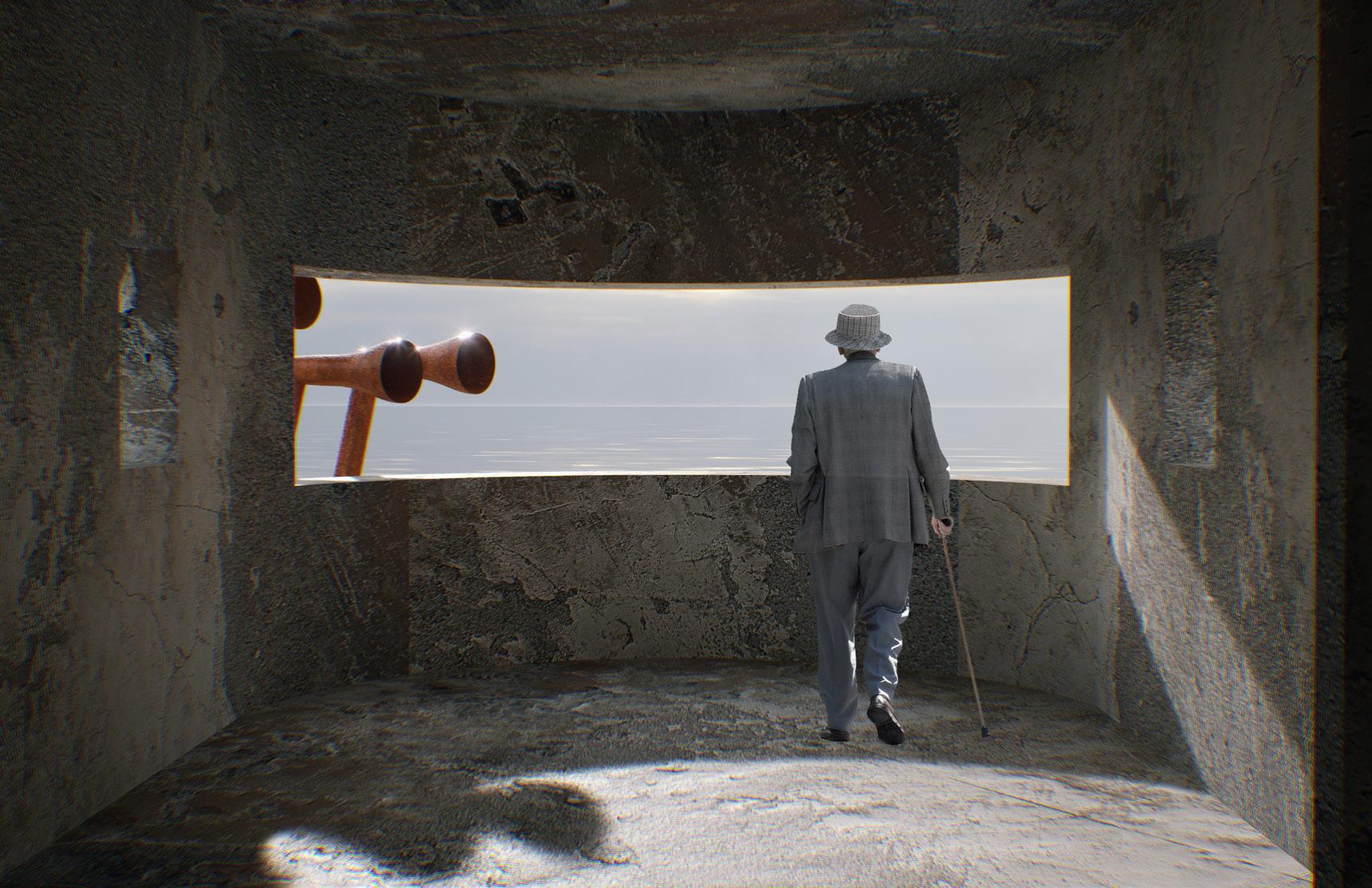
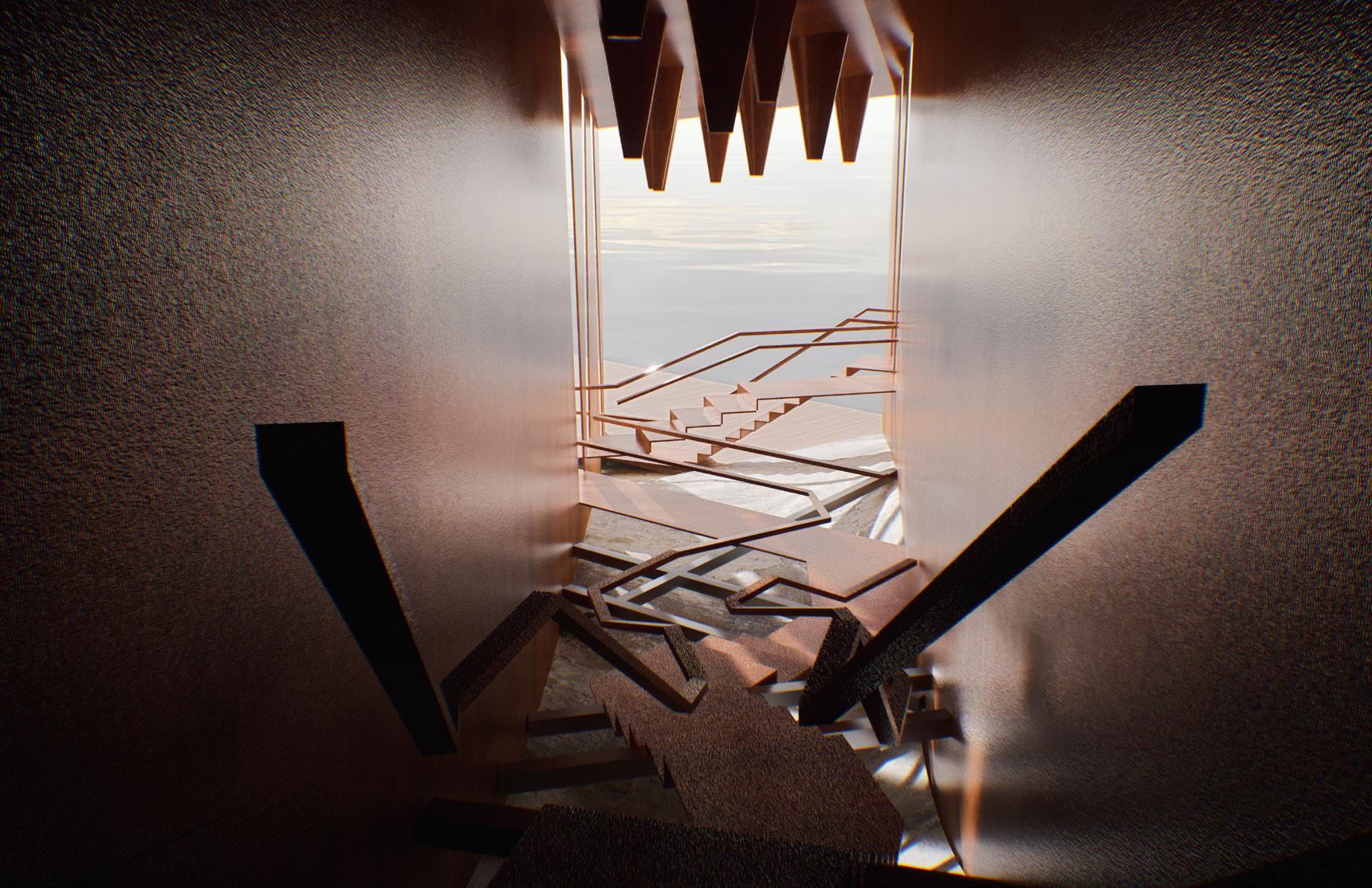
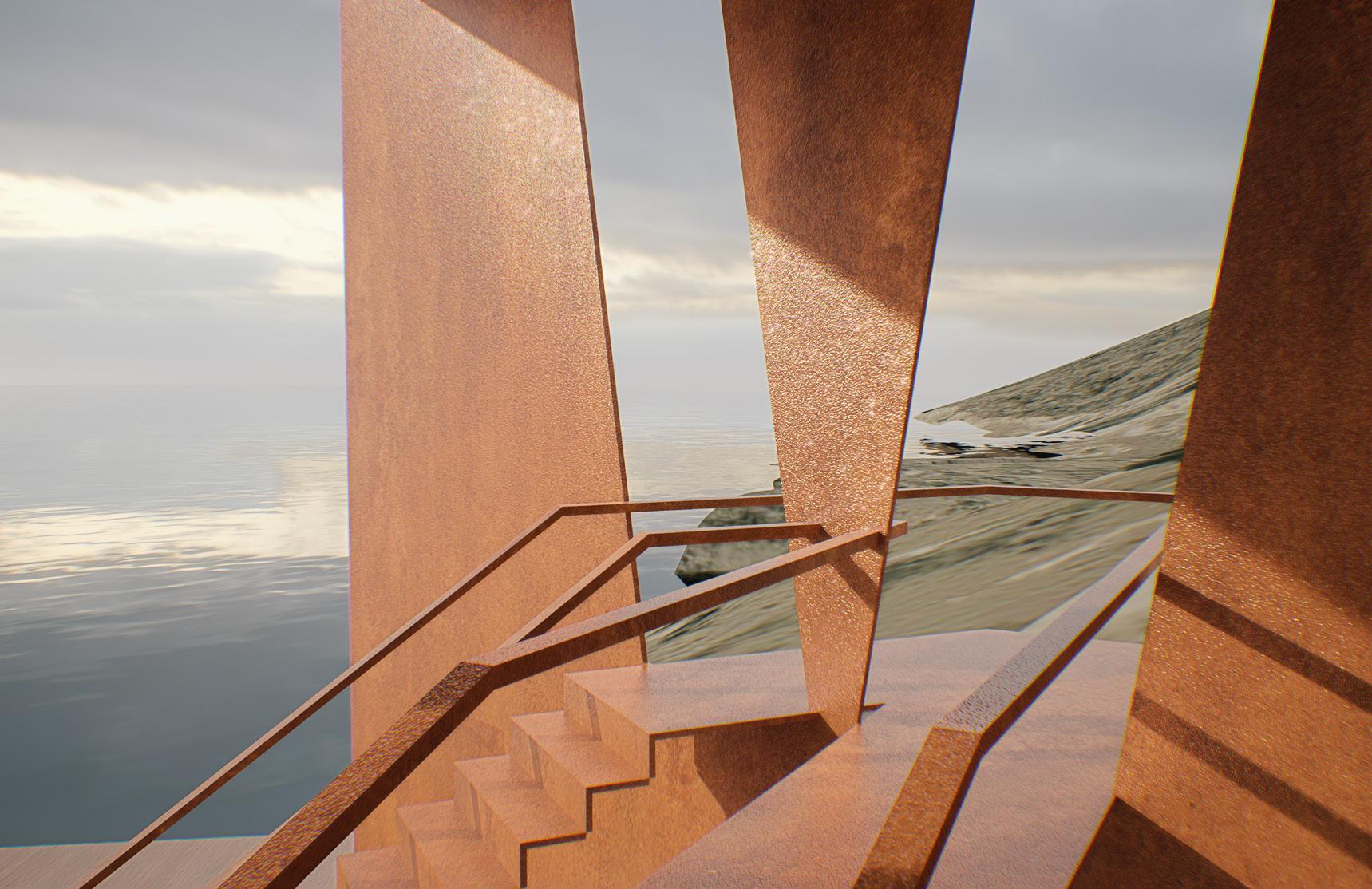
Village Preser vation Area / For tress renovation Boundar y as a theater
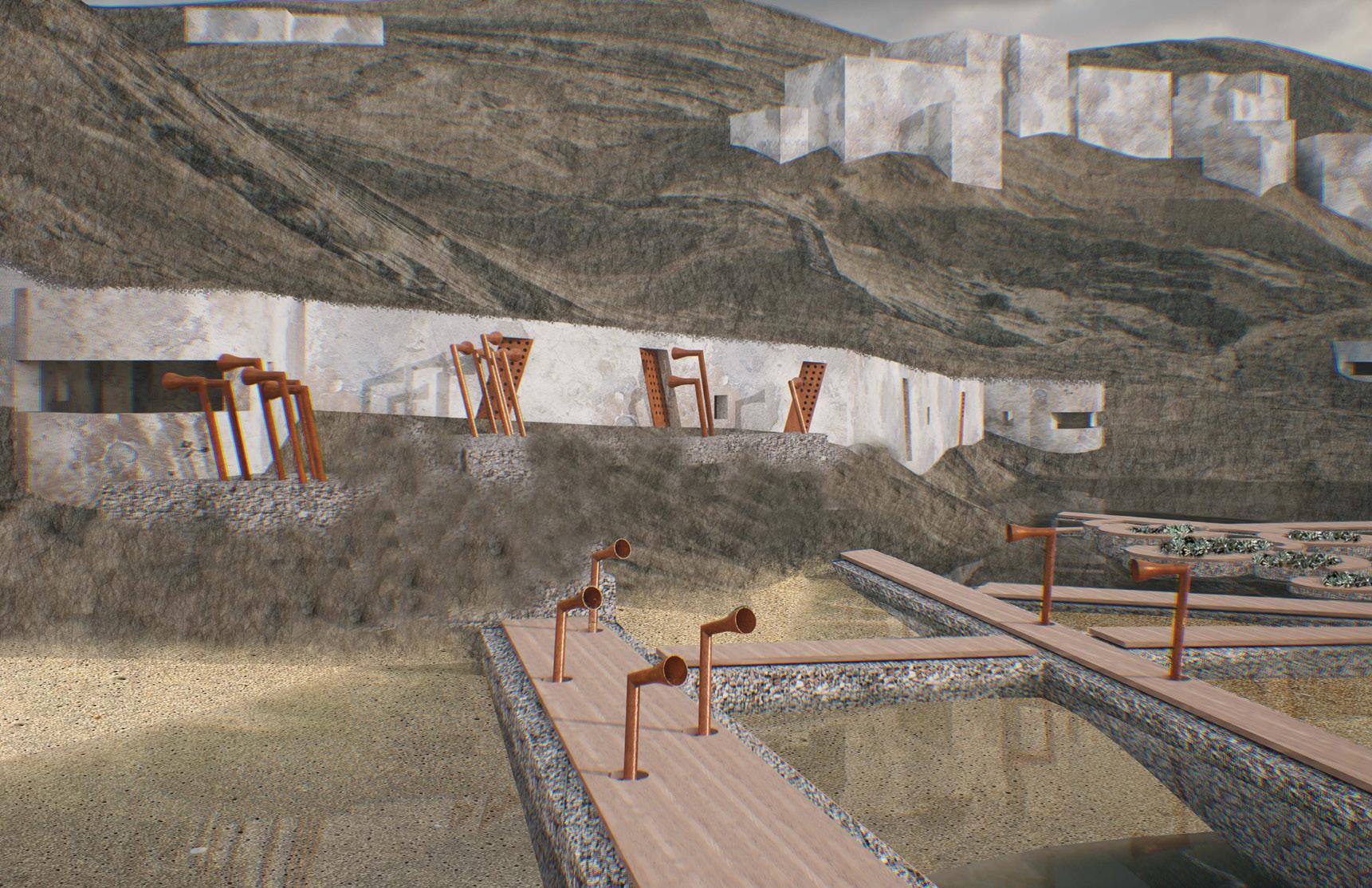
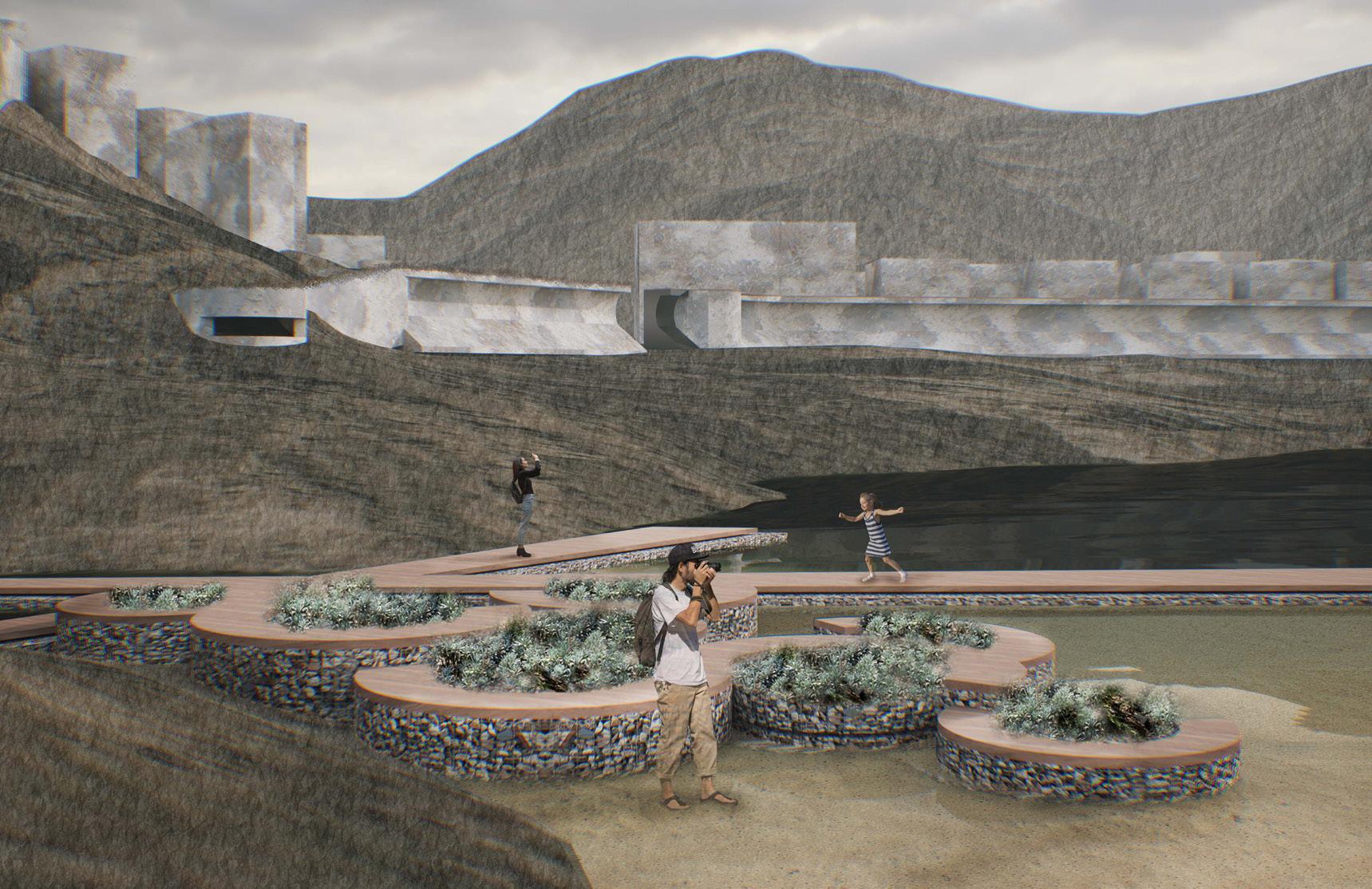



Boundary Crossing
Liberating Coastal Spaces in Matsu
